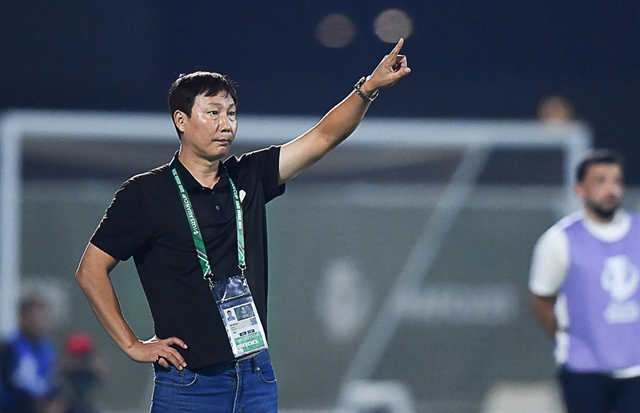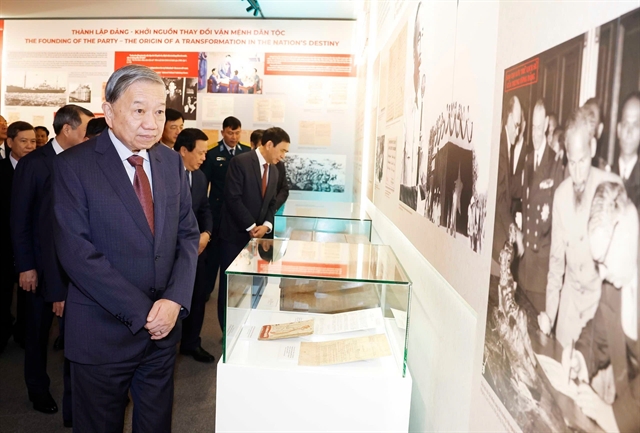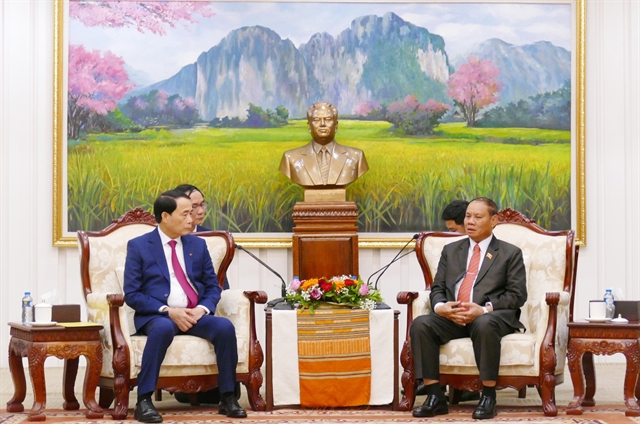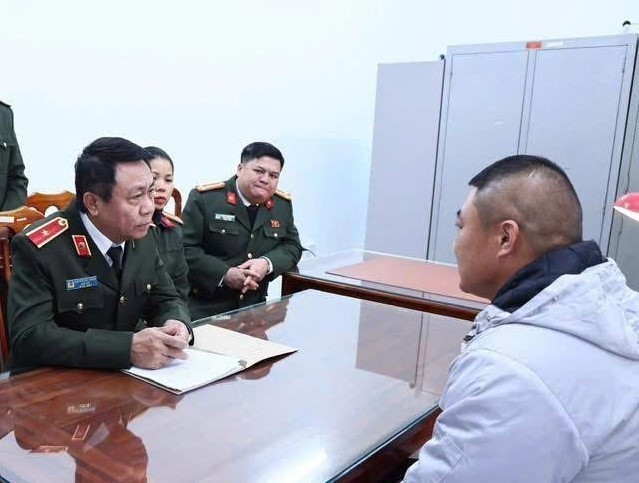 Society
Society
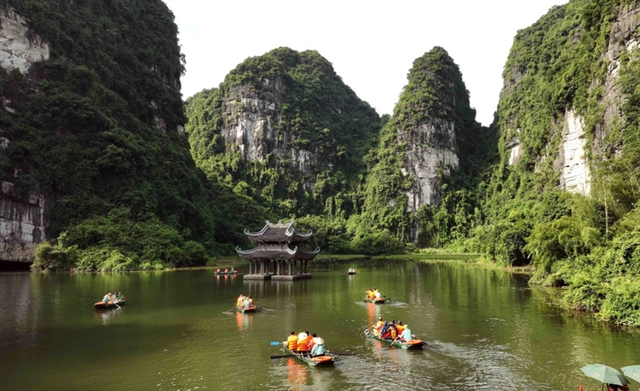
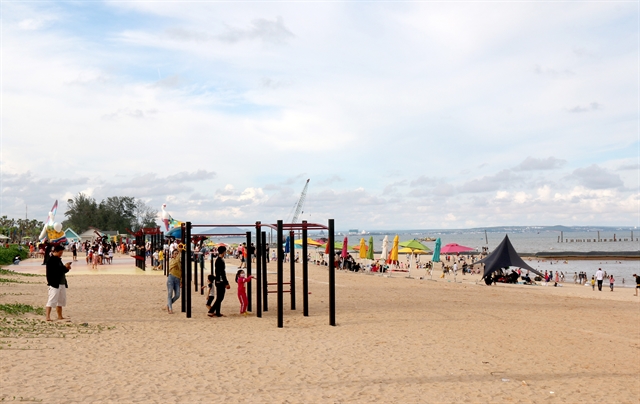 |
| A beach in Tiến Thành Commune in Bình Thuận Province’s Phan Thiết City. – VNA/VNS Photo Nguyễn Thanh |
BÌNH THUẬN – The south-central province of Bình Thuận has made significant strides in socio-economic development in the last 30 years since its re-establishment.
In 1975 the Government decided to merge Bình Thuận, Bình Tuy and Ninh Thuận provinces to create Thuận Hải Province, but in 1992 Thuận Hải was bifurcated to create Bình Thuận and Ninh Thuận provinces.
Since then, Bình Thuận’s economic structure has veered towards industry and services with the proportion of agriculture, forestry and fisheries diminishing.
Industry has expanded from 12 per cent in 1992 to 37 per cent now, and services from 25 per cent to 33 per cent.
The proportion of agriculture, forestry and fisheries has reduced from 62 per cent to 29 per cent.
Economic growth has averaged 9 per cent a year. The poverty rate has reduced to 1.03 per cent now and the average annual income per capita is VNĐ49 million (US$2,100).
The province has increasingly invested in infrastructure in both urban and rural areas, building schools and clinics.
Bình Thuận is one of the country’s driest provinces and used to lack water, but now its irrigation works supply enough for both agricultural and household use.
The farming area that can secure sufficient irrigation has increased from 3.5 per cent in 1992 to 50 per cent now.
The province has achieved significant development in tourism, offshore petroleum drilling, renewable energy, and hi-tech agriculture.
It has become the country’s energy hub with the development of wind, hydroelectric, thermal, and solar power.
It has 48 power plants with a total capacity of 31.6 billion kWh a year, or 12 per cent of the country’s total output.
Tourism quality and brands, including Mũi Né Town, one of the country’s six national tourism areas, have particularly been enhanced.
The number of tourists visiting the province topped 6.4 million in 2019, the year before the COVID-19 pandemic began, or 512 times the number in 1992.
Nguyễn Minh, deputy chairman of the province People’s Committee, said: “The province has become a national tourism hub.”
Tourism has created jobs and stable incomes for people living in coastal and rural areas, he said.
Dương Văn An, secretary of the province Party Committee, said the conditions are favourable for development such as the completion of the North-South Expressway section in the province next year.
Many companies have invested in large projects in the province, driving its comprehensive development, he said.
The province is situated just next to the Southern Key Economic Region, the biggest of its kind in Việt Nam.
Further development
Advantages like excellent location and natural and human resources provide the province with potential for continued growth.
It seeks to develop its marine economy and energy and tourism sectors rapidly in 2020 – 25.
It has determined that industry, especially energy, tourism and agriculture are its economic pillars.
It plans to develop industry towards increasing the proportion of hi-tech, manufacturing and energy, the application of science and technology and digitisation to enhance productivity and added value for industry and reducing the proportion of mining and labour-intensive sectors.
With its 192km of coastline and a number of islands, the province plans to rezone tourism in coastal areas to effectively exploit the potential of sea, landscapes and cultures to develop tourism.
It will focus on popular varieties like sea sport tourism, wellness tourism and meetings, incentives, conferences and exhibitions (MICE).
It aims to receive 8.9 million tourists in 2025, with foreign tourists accounting for 10 – 12 per cent.
It aims to achieve tourism revenues of VNĐ23 trillion ($983 million), or 10 – 11 per cent of the province’s total.
Bùi Thế Nhân, director of the Department of Culture, Sports and Tourism, said: “Besides developing diversified tourism products and safe and friendly destinations, the province will also focus on tourism co-operation.”
It will strengthen advocacy activities in the media and social networks to promote tourism.
In agriculture, the province will change into an agricultural economy so that farmers have steady outlets, according to the province People’s Committee.
It will focus on developing hi-tech agricultural zones.
It has built a 2,000ha hi-tech agriculture zone in Bắc Bình District and is soliciting more investment in the zone.
It hopes hi-tech agriculture will contribute 6 - 7 per cent of agricultural value in 2025 and all hi-tech agricultural products meet Vietnamese or Global Good Agricultural Practices standards.– VNS

